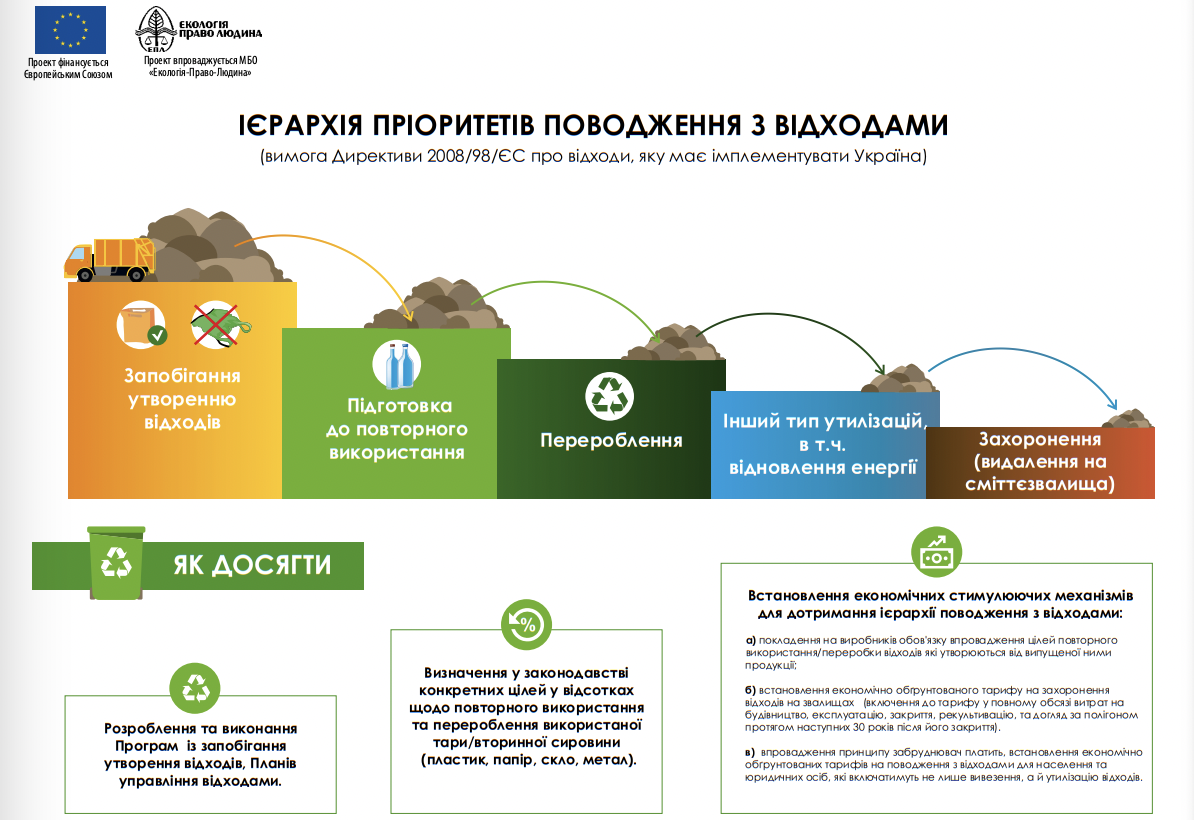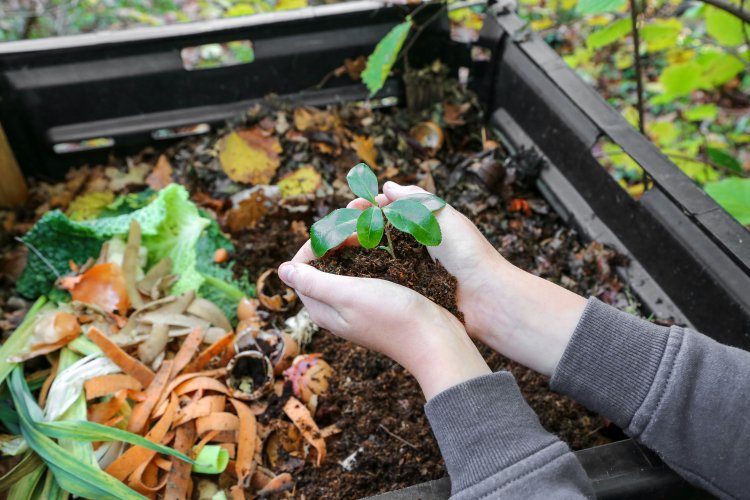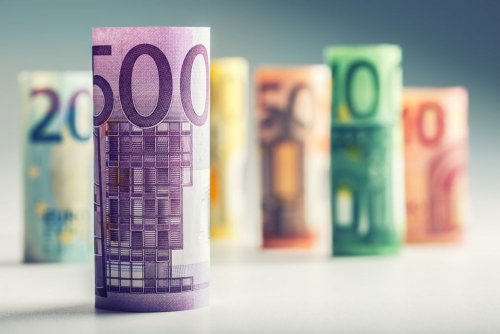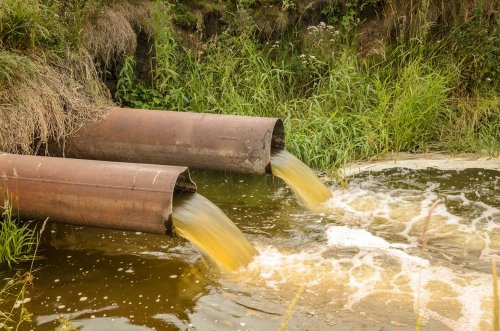In Ukraine, more than 90% of household waste is disposed of in landfills and only 3.2% is recycled, which does not coincide with European standards. So in the EU waste management includes waste prevention, reuse, recycling and extended producer responsibility. In 2021, Ukraine generated more than 10 million tons of household waste, and on average, 300 kg of garbage per person, which can cause a large-scale environmental disaster.
About European practices and Ukrainian realities in the field of waste management read further in the material EcoPolitics.
In addition to household waste, the threat is generated by waste generated during the war, and Many enterprises have been damaged, logistical connections have been broken, houses, infrastructure facilities, enterprises, cars have been destroyed, and electronic and electrical appliances, hazardous waste and household chemicals are under the rubble.
Although the final amount of waste from destruction in Ukraine is currently unknown, experts emphasize that it is enormous. Thus, in the Kyiv region alone, more than 4,000 private and multi-storey residential buildings were destroyed.
The waste situation can be improved by garbage reform, within the law "On waste management", which the Government adopted on June 20, 2022.
How the EU "fights" garbage
There are complex, highly complex practices in the European Union, covering infrastructural, managerial, financial and socio-cultural components.
At the heart of the system is a waste management hierarchy, which has the structure of an inverted pyramid, the priority of which is to prevent their formation.

Currently, the EU already has three basic principles of the circular economy, namely:
- Reduce (reduction of resource use and advantage of renewable materials);
- Reuse (efficient and reusable products);
- Recycle (recovery of products and waste for further use).
They are the basis of the circular economy in the EU, and their implementation in Ukraine will stimulate the creation of new jobs and attract significant investment and European technologies in these areas.
Each EU country has its own waste prevention programs targeting households, municipalities, agriculture, and the extractive industries. Most are related to food waste, packaging, batteries, etc.
The United Kingdom is implementing the transition to biodegradable packaging materials, which involves all major retailers. In Belgium, there are re-use centers that collect, sort, repair and resell second-hand items, including clothing and household appliances.
The next position in the waste management hierarchy is reuse. Non-waste products and components are reused for the same purpose for which they were created, including auto parts, furniture, appliances, computers, clothing, and so on. To collect all these items, special centers are created, where they are updated and given new life. For example, in Hungary, building materials are reused and exchanged between construction companies.
In the Scandinavian countries, almost half of the waste is recycled (recycling of waste into other products), in Germany – two thirds, in France – more than 40%, and this figure is planned to increase.
In Sweden, there are "recycling centers" that accept bulky and hazardous waste and about 6,000 "recycling stations" that specialize in packaging recycling.
In Germany, 68% of paper, 94% of glass and 45% of steel are produced through recycling. Recycling plastic bottles alone saves so much energy that it is equivalent to Berlin's 130-day needs.
Garbage sorting is a necessary component of recycling. Residents divide their waste into fractions: glass, paper, metal, plastic and organic for composting. Recycling bins.
In Italy, the program "Home composting" is being implemented, in the framework of which households are provided with special equipment, and the quality is controlled by eco-volunteers. This project also saves on garbage removal.
Other wastes end up in incinerators, which operate on a "waste-to-energy" basis, providing millions of people with heat and light.
Thus, Scandinavian countries burn almost 60% of garbage, and Sweden imports 1.5 million tons of garbage annually, because there is a shortage of local raw materials.
Only a small part of waste is subject to disposal in specially equipped places. EU policy is aimed at minimizing this share, as well as closing landfills at some stage and further restoring the ecosystem.
Thus, in Sweden only 0.4% of waste is subject to disposal, in Finland – 1%, in Denmark – 0.9%.
An important element of a comprehensive waste management system in the EU is extended producer responsibility (EPR), which transfers responsibility for its collection and disposal to producers, importers and distributors of goods.
In Austria, EPR covers not only packaging, but also used cars, batteries and electrical waste, which ensures the collection and recycling of 90% of packaging and the operation of 1,200 recycling centers.
Manufacturers can either set up their own packaging waste collection or sign a contract with a company that will take over. Such companies cooperate with municipalities using their infrastructure (garbage containers, municipal waste collection centers, sorting stations).
Violators face severe fines, which allows the waste management system to function effectively. For example, in Germany you have to pay € 120 for a discarded cigarette butt and € 25 thousand for illegal dumping of construction waste.
In addition, waste sorting and recycling infrastructure is being actively developed, as the system will not be able to function if there is a lack of incinerators, sorting stations and separate waste collection points.
The situation with waste in Ukraine is similar to the experience of Poland in 1998, when about 98% fell on landfills. Currently, recycling and incineration cover 58% of total waste.
Under the Green Course, the circular economy and the approach to resource reuse and recovery are no less important for achieving the goal of climate neutrality in 2050 than decarbonisation and renewable energy.
The EU mobilizes at least the EU to finance the Green Agreement € 1 trillion in investments over 10 years (25% of total EU funding).
What will change 2207-1D
The framework bill will create a basis for the introduction of RWB, as Ukraine is the only country in Europe where this practice is absent.
RVV is planned to be installed for packaging waste, batteries and accumulators, electrical and electronic equipment, tires, lubricants, used vehicles, etc.
The bill will also unblock the permit system, as no permits for waste operations have been issued in Ukraine since 2014.
The law will introduce waste management planning at the national, regional and local levels, as local governments are the customers and controllers of the waste management process. In addition, a waste blockchain will be set up to track who and how much generates, transports, recycles and disposes of waste.
Also, this system will eventually rid Ukraine of spontaneous landfills, because ownerless garbage will not exist and it will be possible to trace all the chains from formation to processing. In 2021, such landfills were discovered 22.6 thousand.
The information system will strengthen the control over hazardous waste generated in the country or imported from abroad.
Today in Ukraine there is no landfill that meets European requirements for waste disposal, and of the 6,000 existing landfills and landfills for degassing equipment there are only 26 landfills, filtrate treatment plants – only two. Most landfills are operated overtime with numerous violations of environmental legislation.
The bill creates conditions for the closure and reclamation of hazardous landfills and landfills and provides opportunities to attract international funding.
Framework Bill № 2207-1-d takes into account the EU Directives, which have helped Europe to get rid of the same problems that Ukraine currently faces in the field of waste.
The effectiveness of garbage reform will also affect Ukraine's likely EU membership.
We will remind, environmental activists explained why the new one waste law is now on time.
As EcoPolitics reported earlier, at the Hrybovytsia landfill reclamation turns a landfill to an environmentally friendly facility.





